

Table of contents
- lifespan
- growth habit and flowers
- Selection of varieties
- seed sowing / propagation
- location and soil
- planting in a pot
- Good plant neighbors
- hibernate
- Pour
- Fertilize
- Cut
- Diseases
- pests
Marienbellen are biennial plants that bloom for weeks in a sunny location and are also persistent in the vase. They willingly fill in small gaps in the flower bed, also year after year by self-sowing. Maintenance is manageable and doable.
lifespan
The bellflower, scientifically known as Campanula medium, comes from the bell family. We also know some other family members from the garden, mostly as perennial, herbaceous perennials. The bellflower originally from southern Europe, on the other hand, only has a two-year lifespan.
growth habit and flowers
Anyone who decides to cultivate the Campanula medium should know that it will be flowerless and rather inconspicuous for the first year. Initially, only a low rosette consisting of green, long leaves forms. Only in the second year does it sprout a 50 to 90 cm long and branched flower stalk, along which numerous large, bell-shaped flowers line up from June to July. Depending on the variety, they are white, pink, violet or blue.
Tip:
It may be disappointing to some gardeners that the flowers of the bellflower do not emit any fragrance at all, despite being a magnet for bees and butterflies. But on the other hand, for this very reason, they are ideal for gardens that are tended to by pollen allergy sufferers.
Selection of varieties
The Campanula medium strains primarily play with hues, with some forming double flowers that look like two bells nested one inside the other. In the trade, seeds are usually sold mixed as a so-called magnificent mixture. Here is a small selection of varieties:
- 'Blue Cups': up to 75 cm high flower stalks; deep blue flowers
- 'Calycanthema': bears double flowers of different colors
- 'Caerulea': blue, double flowers, loves the sun
- 'Champion Pink': pink flowers; loves wetter soil
- 'White Double': white, double flowers; long flowering period from May to August
seed sowing / propagation
Campanula medium is sown in a seed or cold frame in May at the earliest. However, sowing is possible until July. The seeds germinate in the light and are only lightly covered with soil. It is important that the temperature for germination is between 15 and 18 °C. Seeds need consistently moist soil. This is best achieved if the seeding area is covered with fleece. As soon as the seedlings are about 2-3 weeks old, they are separated at a distance of 10 cm. In August, the young plants that have grown are transplanted into the flower bed, where they should remain permanently and bloom. Incidentally, sowing seeds is the only way to propagate the Marigold. The division practiced with perennials does not work with this bellflower.
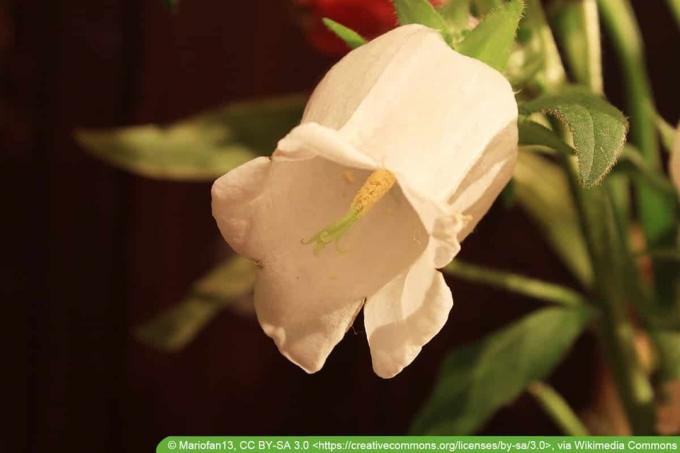
location and soil
The location for this bellflower should be sunny to semi-shady and absolutely warm. The space should be large enough to allow a planting distance of 30-40 cm, as Campanula medium grows bushy to pyramid-shaped. The floor must be as follows:
- nutritious
- well drained, not prone to waterlogging
- possibly. mix with sand
- neutral to slightly alkaline pH
Tip:
Very long flower stalks can snap on windy days. Prevent by tying them to a small stick.
planting in a pot
A bellflower can last up to two years in a pot and beautifies every patio and balcony with rich blooms. So that their roots are not too wet, the pot should have a large drainage hole and a drainage layer of coarse gravel, clay or perlite at the bottom. Mix commercial potting soil with sand to make it more permeable. If the pot is big enough, it can also be planted in it together with other plants.
Good plant neighbors
Campanula medium fits perfectly in cottage gardens and natural gardens. There it can be combined well with other plants to get a varied, colorful flower bed. Examples of good neighbors are:
- Turkish poppy
- real sage
- roses
- flame flower
Other plant species, whether annual flowers or perennial perennials, with a preference for sun are also well suited as planting posts.
hibernate
This bluebell has to survive a cold winter before it blooms. If the thermometer falls well into the minus range, she can freeze to death. Cover them with brushwood in good time in harsh areas. Potted plants should generally be wrapped in warming fleece and placed in a sheltered place.
Pour
In the first as well as in the second year of growth, Marigolds only need extra water in the garden bed when the days are very warm and dry. Marianbells in the pot must be watered regularly and depending on the weather. Here, too, the well-tried finger test reliably helps to lift the watering can at the right time.
Tip:
If the plant is in a cachepot or on a saucer, you should completely pour away excess water shortly after watering.
Fertilize
Before planting, the soil can be enriched with compost, then it does not have to be fertilized in the first year. In the following year, one portion of long-term fertilizer is sufficient at the beginning of the growing season. Even then, a portion of compost is best. Horn shavings and other fertilizers can also be used.
Marianbells in pots or balcony boxes are regularly supplied with a liquid fertilizer for flowering plants from April. Dosage and frequency should be based on the manufacturer's instructions. It is usually sufficient to fertilize once a week with the irrigation water.

Cut
The growth habit of Campanula medium cannot be positively influenced by cutting, so it is not necessary to cut this flower. But the flowering period can be made even more luxuriant with the help of scissors.
- wilted blossoms disturb the optics
- Subsequent seed formation costs energy
- Fading should therefore be removed promptly
- saved energy is invested in new flowers
Healthy flower stalks, whose bell-shaped flowers are just opening, can be cut off for the vase at any time. This will keep these bluebells for many days. Alone or mixed decoratively with other cut flowers.
Tip:
If you want to have Maribellenblumen in the garden in subsequent years without doing much for it, leave a few wilted flowers. Capsules will form, which will open when the seeds are ripe and thus ensure self-seeding.
Diseases
Marigolds are susceptible to some fungal diseases. These include rust, downy mildew and gray mold. If the well-known home remedies do not help, you should remove affected plants from the flower bed. The use of chemicals is not worthwhile, it would cause a lot of damage to nature. The plant would have only a short life ahead of it anyway.
pests
In years with a lot of snails, bellflowers also fall victim to the voracious pests. Every gardener has his own control method with which he tries to drive these creepers out of the garden. If you are not familiar with this, you will find countless tips in specialist literature or on the Internet. If there are only a few animals, it is best to collect them immediately and take them far away. This gives you the opportunity to lay your eggs, from which a new plague of snails can grow.
 garden editorial
garden editorial I write about everything that interests me in my garden.
Learn more about summer flowers
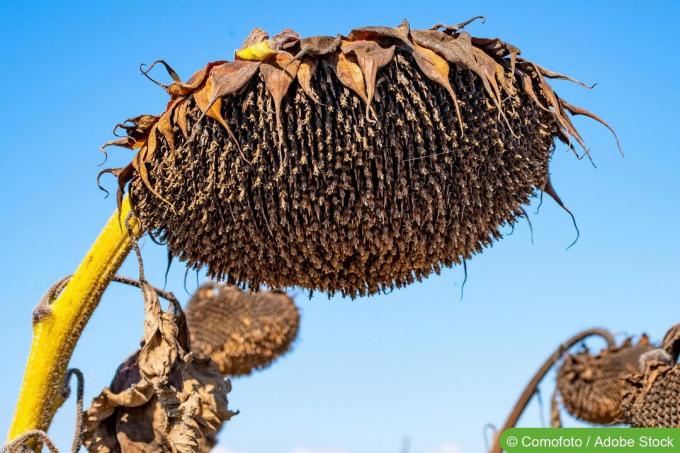
Should you cut off faded sunflowers?
Sunflowers bloom for a long time, but unfortunately not forever. Is it better to cut off the faded flowers or let nature take its course? Both are possible! It depends on the sunflower species and what you want to do with the ripening seeds. Read here whether you should cut off faded sunflowers.
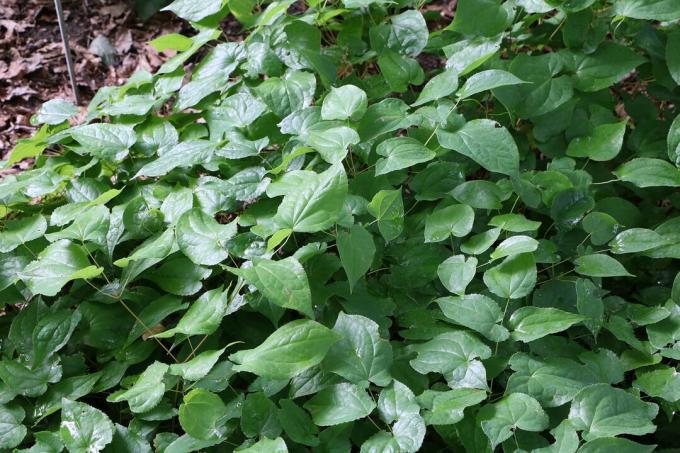
Elf Flower, Epimedium: 12 Tips for Grooming & Pruning
The elf flower transforms shady locations into a sea of flowers. Delicate flowers appear in white, yellow, pink, red or violet. The ground cover with the heart-shaped leaves is also decorative when not in bloom. We have put together the most important care tips for you.

Liver Balm, Ageratum: 10 tips for care
The leather balm is a daisy family that comes from Central and South America. In our latitudes, liver balm has been very popular for a long time, because here the plant does the trick not only a great figure as a gap filler between different perennials, but also in the form of one carpet of flowers.
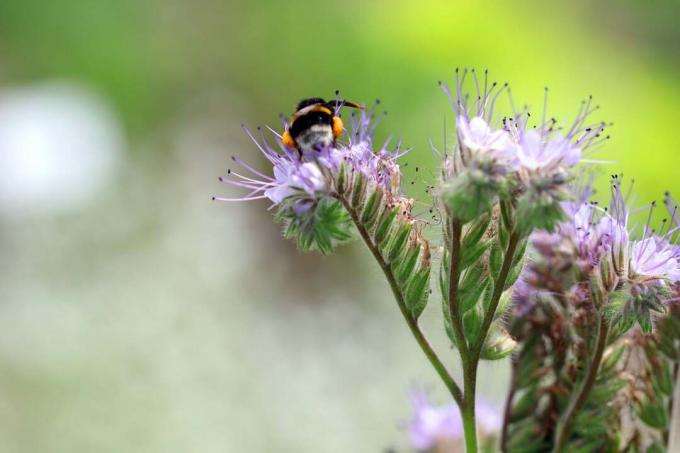
Bee friend, Phacelia: 8 tips for care
The cultivation of the tufted flower is not particularly difficult, because the plant turns out to be undemanding and easy to care for. If you take into account the basic requirements of this flowering perennial, you will benefit from its positive effects on biodiversity and soil conditions.
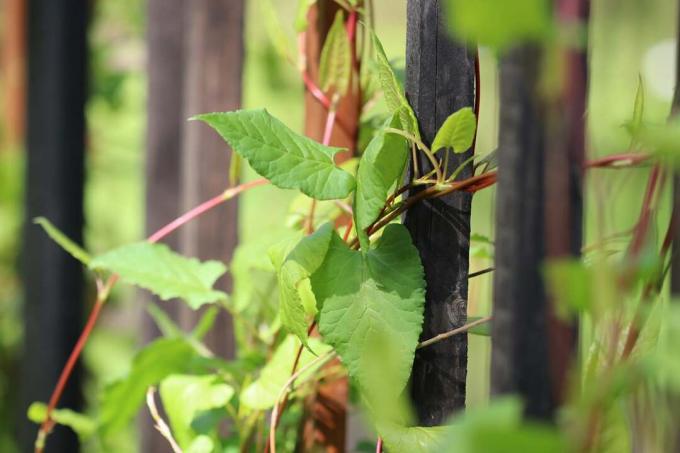
Climbing knotweed, Fallopia baldschuanica: Care from A – Z
A popular bee pasture but also a fast-climbing plant in the garden is the climbing knotweed. The plant should therefore be cultivated in the garden with some caution and appropriate care. Fallopia aubertii fits perfectly in a cottage or natural garden.
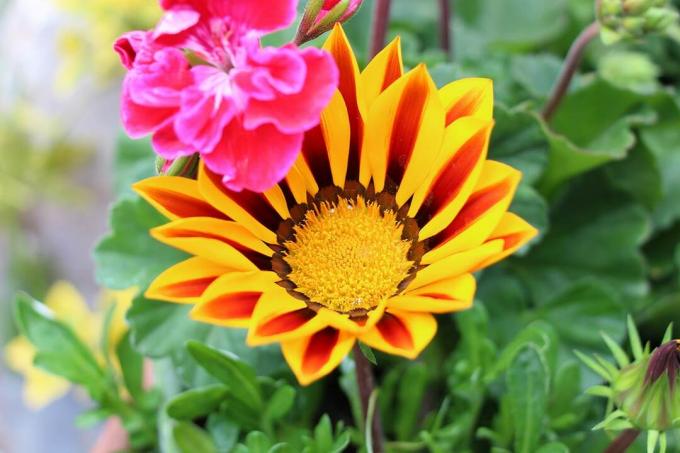
Is Gazania hardy? 6 tips for the winter
Gazania are commercially offered as annuals and not hardy. Hibernation works under ideal conditions, which require increased effort. Some varieties are considered hardy. The propagation of cuttings over the winter is an alternative to cultivating the plant perennial.
